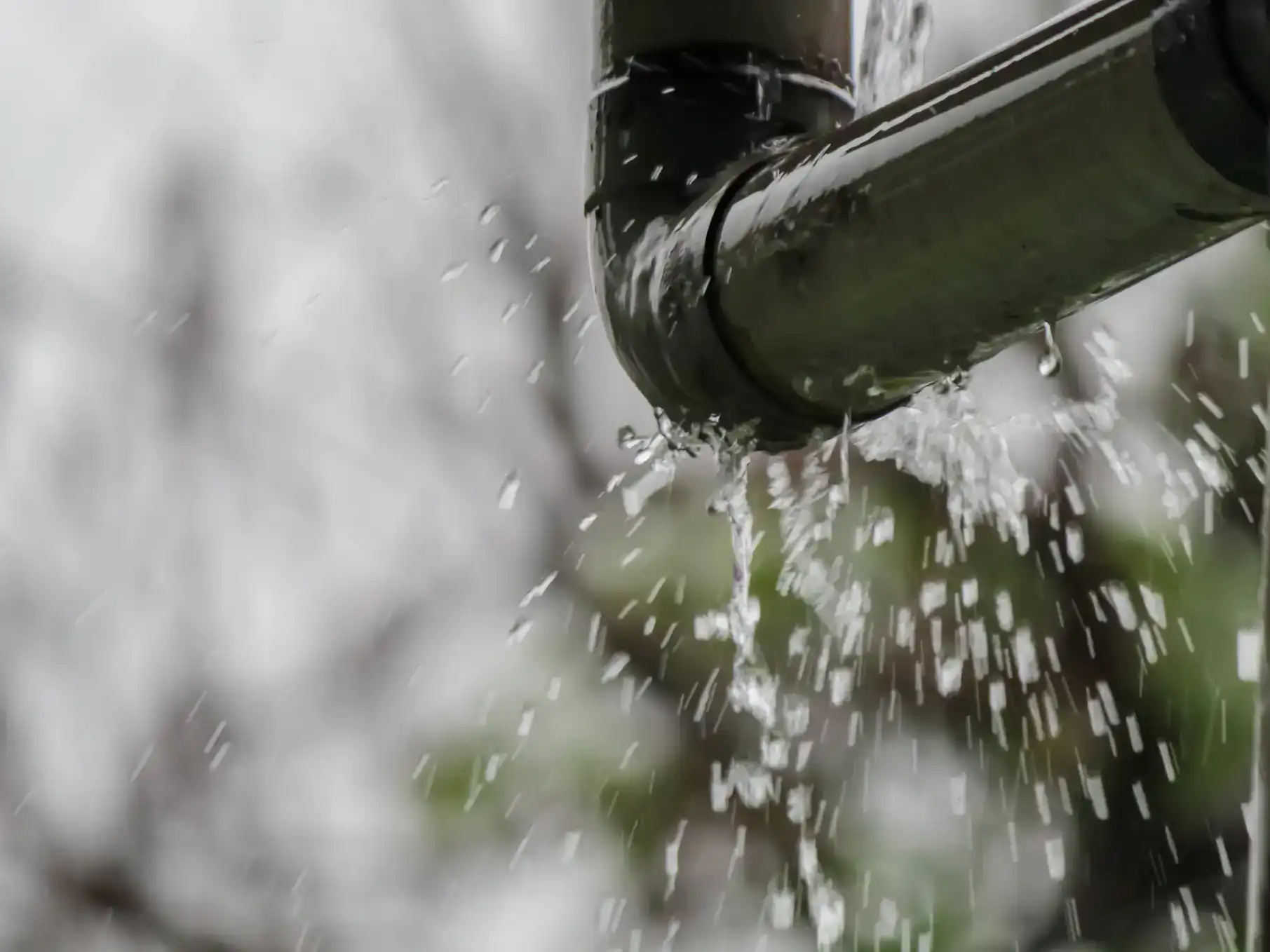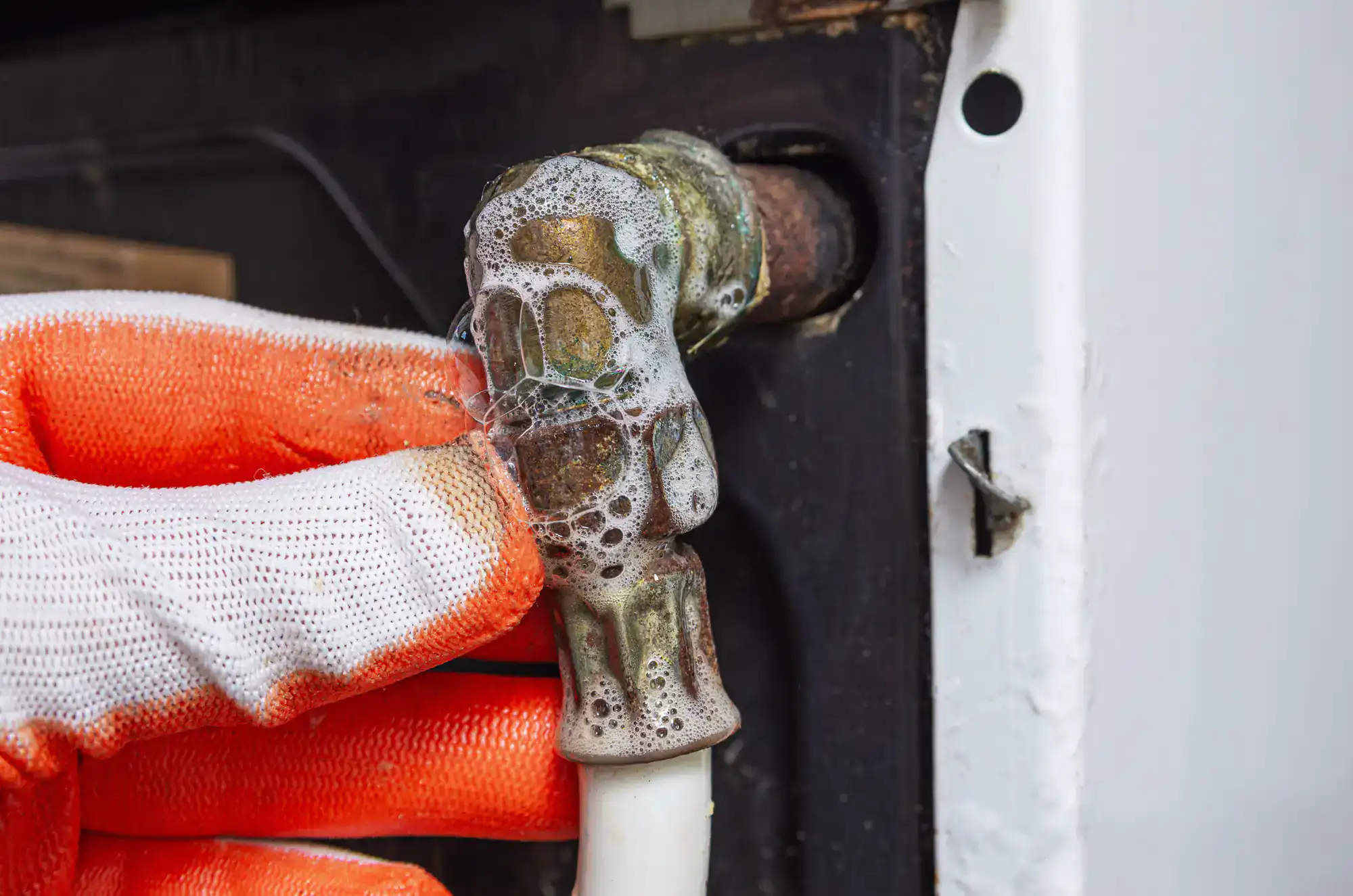
Our Reviews

Your water bill doubled last month, but you can’t figure out why. There’s a damp spot on your basement floor that never dries. You hear water running when every faucet is off.
These aren’t minor inconveniences—they’re expensive problems getting worse every day. Hidden leaks waste thousands of gallons monthly while quietly destroying your foundation, walls, and everything else water touches when it escapes.
Professional leak detection finds the exact source using technology that sees through walls, under floors, and deep underground. No guessing games. No ripping apart your property hoping to get lucky. Just precise answers that let you fix the real problem and stop throwing money away on symptoms.
All Rooter Hydro Jetting Experts Inc. has been solving Hastings plumbing emergencies with technology that finds leaks other companies miss. We’re licensed, bonded, and insured because leak detection requires expertise you can’t fake.
Hastings sits in an area where Illinois water conditions create unique plumbing challenges. The region’s mineral-rich groundwater accelerates pipe wear, while freeze-thaw cycles stress underground lines. Our team knows these local factors and uses equipment calibrated specifically for Illinois soil types and pipe materials common in older Hastings properties.
When your neighbor’s plumber gives up after digging three holes, our technology tells you exactly where the leak is before anyone picks up a shovel.

The process starts with understanding your specific situation—when you first noticed problems, what symptoms you’re seeing, and what other companies might have already tried. This background eliminates wasted time and focuses detection efforts where they’ll get results.
Next comes the technology that makes the difference. Acoustic leak detection equipment isolates the specific frequencies pressurized water makes when escaping pipes—even through concrete and soil. Ground Penetrating Radar maps underground conditions without disturbing anything. Thermal imaging reveals temperature anomalies where leaked water changes surrounding material temperatures.
For accessible pipes, video inspection provides direct visual confirmation. The combination pinpoints leak locations with accuracy that eliminates excavation guesswork. You get definitive answers, not expensive estimates about where the problem might be.

Ready to get started?
Our leak detection covers every type of water escape that damages Hastings properties—leaks in walls, under floors, in underground supply lines, and in the aging infrastructure common throughout central Illinois.
Local conditions make leak detection more challenging here than in many areas. Illinois clay soil can mask acoustic signals, while the region’s hard water creates mineral deposits that change how leaks develop and sound. Our equipment accounts for these factors, ensuring accurate detection even in difficult conditions.
Each service includes a comprehensive report detailing leak locations, severity assessment, and repair recommendations prioritized by urgency and cost. You get actionable information that prevents future problems, not just detection of current ones.

We use acoustic leak detection and thermal imaging to locate leaks inside walls without any damage to your property. Acoustic equipment picks up the distinct sound frequencies that pressurized water makes when it escapes pipes, even through drywall and insulation.
Thermal imaging reveals temperature differences where leaked water is cooling or warming surrounding materials. These technologies work together to pinpoint leak locations with enough precision that any necessary access points can be minimal and targeted.
The combination eliminates the old approach of cutting exploratory holes until you find the problem. You get accurate results without unnecessary damage to your walls or disruption to your daily routine.
Basic leak detection often relies on simple listening devices or moisture meters that only find major leaks already causing visible damage. We use professional-grade acoustic correlators, Ground Penetrating Radar, thermal imaging cameras, and video pipe inspection systems that detect problems before they become disasters.
Professional equipment can locate leaks as small as half a liter per minute—the kind that waste hundreds of dollars monthly but don’t cause obvious symptoms until major damage occurs. The technology also works through concrete, clay soil, and multiple pipe materials that hide leaks from simpler methods.
The difference shows in results: precise locations that eliminate excavation guesswork versus general areas that require expensive exploratory digging to find the actual problem.
Modern leak detection technology we use locates underground leaks within 2-3 feet of the actual source in typical Hastings soil conditions, often much more precisely. Our equipment is calibrated for Illinois clay soil and common pipe materials found in the area.
Ground Penetrating Radar combined with acoustic detection provides accuracy that eliminates extensive excavation. Local soil conditions affect detection, but professional equipment typically narrows leak locations to specific pipe sections rather than general areas that require digging large areas hoping to find the problem.
For Hastings properties, this precision means repair crews know exactly where to dig instead of excavating your entire front yard. The technology accounts for local factors like soil density and mineral content that can affect detection accuracy.
Our equipment detects leaks in pressurized water lines, sewer lines, supply lines to fixtures, underground main lines, and most residential and commercial plumbing systems. This includes copper, PVC, cast iron, and galvanized steel pipes common in Hastings properties.
The technology locates pinhole leaks, joint failures, cracked pipes, and connection problems whether they’re causing major flow or just slow seepage that gradually damages your property. It works on pipes in walls, under concrete slabs, and buried several feet underground.
Some limitations exist with unpressurized drain lines or systems without water flow, but the vast majority of leaks that cause high water bills or property damage involve pressurized systems that professional equipment easily detects.
Most residential leak detection services take 1-3 hours depending on property size and plumbing system complexity. Simple investigations often finish in under two hours, while larger properties or multiple suspected areas may require additional time for thorough scanning.
The process involves equipment setup, systematic scanning of suspected areas, confirmation using multiple detection methods, and providing you with a detailed report of findings. Our technicians explain what we’re finding as we work and answer questions throughout the process.
You can expect minimal disruption—no moving furniture, no cutting into walls during detection, and no damage to landscaping. The detection phase is completely non-invasive. Any necessary repairs are discussed and scheduled separately after you have complete information about what needs fixing.
Professional leak detection equipment finds the vast majority of actual leaks causing symptoms like high water bills, moisture problems, or running water sounds. When initial scanning doesn’t locate a leak, we use additional methods and different equipment approaches to solve the mystery.
Sometimes apparent leak symptoms are actually caused by seasonal usage changes, irrigation issues, fixture problems, or moisture from non-plumbing sources. The detection process helps identify these situations and prevents unnecessary pipe repairs.
In rare cases where leaks remain undetected after comprehensive scanning, we provide specific guidance on monitoring usage patterns, checking particular fixtures, or scheduling follow-up detection after system modifications that could improve detection conditions. You get answers, not guesswork.